A Case for Engineering in K-12
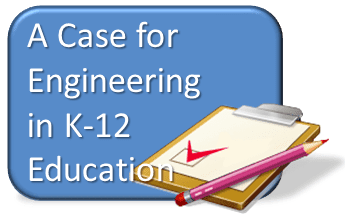
In order to meet the forecasted demands for U.S. Labor in technical areas that require scientific and mathematical training, it is imperative that educators and students begin to understand STEM professions and the role of engineers. By advocating science and math in a more holistic, inclusive and social context, more students will develop confidence in these subjects and be prepared to pursue a career in engineering. This article is useful for parents, educators, counselors, and administrators.
Model Eliciting Activity: Green Roof
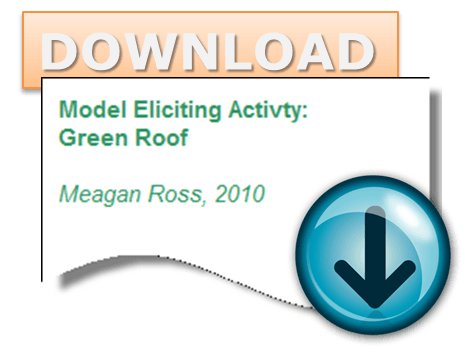

This is a model eliciting activity for high school students who have had algebra, examining rooftop gardens for commercial buildings. Model-eliciting activities (MEAs) are activities that encourage students to invent and test models. They are posed as open-ended problems that are designed to challenge students to build models in order to solve complex, real-world problems.
Key Engineering Education Reports
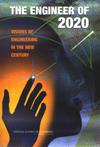

Here are eight key reports from The National Academies Press by The National Academy of Engineering related to engineering education. These reports guide future research and inform policy. Each of these can be read in full online, or you can simply view the executive summaries for a brief overview. Changing the Conversation: Messages for Improving Public […]
Top 4 Attributes: <br> University Engineering Education Programs


With the current direction of education reform, and the national priority to improve STEM education, a focus on engineering education will become vital for universities in order to produce engineering graduates that meet industry needs, and educators equipped to teach the next generation of engineers. Read for four key attributes for a university engineering education program.
Evaluation Framework for Engineering Education Curriculum
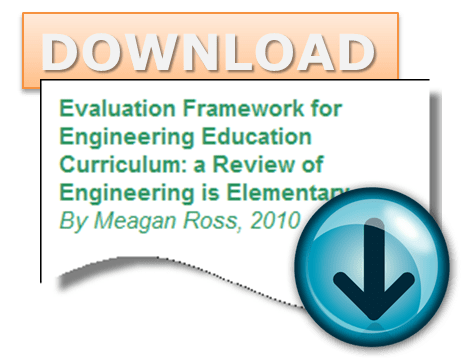

This paper introduces a framework and rubric for evaluation of K-12 engineering education curriculum, based on engineering education literature and the Wiggins & McTighe process known as Backwards Design. This process is an alignment of content, assessment, and pedagogy, the three components used as the measure of quality programmatic elements. The rubric defined in this paper will be useful to teachers, administrators, and curriculum developers of engineering education curriculum.
What is Engineering Education? A Foundation
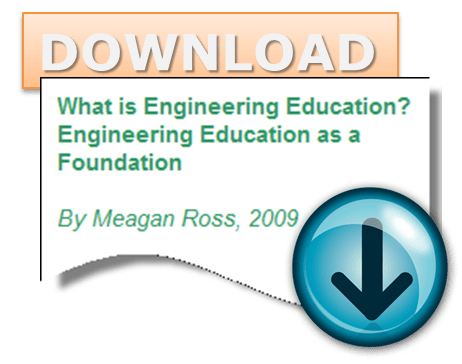

Author Meagan Ross, in a poignant metaphor, describes an education in engineering as the ultimate foundation. Through personal reflection of her own experiences in engineering education, she inserts the work of Louis Buccarelli, the National Academy of Engineering Reports related to Engineering Education, and the Svinicki & Dixon modified Kolb model to craft a beautiful […]
What is Education? Education is the Ticket…
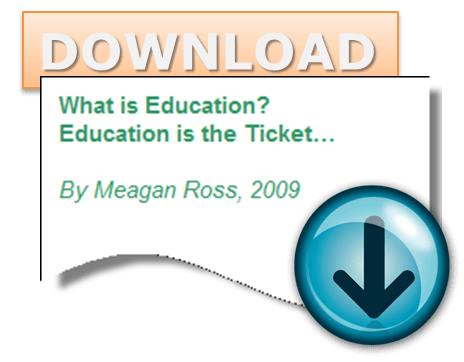

A poignant metaphor relating education to a ticket that one first discovers, then earns through formal education and personal enriching experiences, and cashes in for life’s adventures. The writings of Nel Noddings, Donald Schon, and Palmer Parker are interlaced throughout this article, presenting a personal reflection and opinion on the value of education.
Technology Provides Enhanced Capabilities for Educating Learners
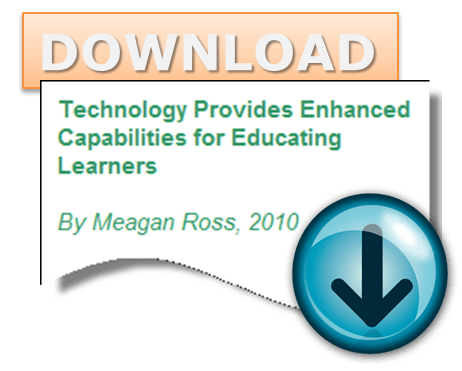

Technology provides enhanced capabilities for educating learners, and schools should embrace these capabilities to reshape education and to prepare students for the changing world. Collins & Halverson (2009) identify these enhanced capabilities as “just-in-time” learning, customization, learner control, interaction, scaffolding, games & simulation, multimedia, publication, and reflection. These nine enhanced capabilities were aligned with established […]
Supplemental K-12 Engineering Education


Engineers make a world of difference and help shape our future, and our future depends on us working together to increase the participation of women in engineering. As early as elementary school, students can begin to learn basic principles of engineering such as the design process, incorporate engineering habits of mind – which are essentially […]

